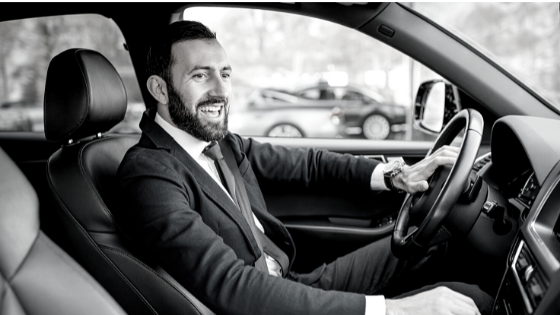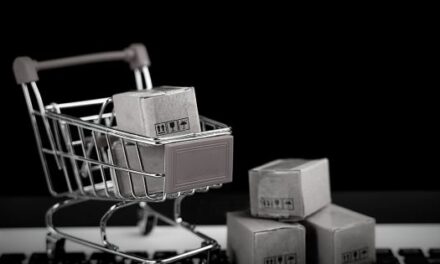Business owners are usually aware that buying a car can lead to a tax deduction, but unfortunately, the process isn’t all that straightforward. When buying a vehicle to use for business purposes, there are some things to consider. Will you be using it for personal trips the majority of the time? Are you buying a ute for your business or are you buying a luxury motor vehicle?
These questions are important to determine whether you’ll be able to claim deductions or not. We’ve compiled this guide on everything you need to know before committing to buying a car for your small business.

Do You Really Need a Vehicle for Business Purposes?
In some cases, a motor vehicle is essential in order to perform your primary business services, for example, the transport of tools and equipment or delivering goods. If you have been working from home and only have to attend client meetings or go to the post office here and there, buying a work vehicle isn’t necessarily the most financially savvy decision.
Using a business motor vehicle for personal use makes you liable for paying fringe benefits tax (FBT) to the Australian Taxation Office. FBT is an extra tax expense that the employer has to pay.
How Is FBT Calculated?
There are two methods of calculating FBT:
Statutory Formula FBT Method
This is based on the costs relating to the vehicle rather than it being used for private purposes. Businesses typically choose this option as it’s straightforward and drivers aren’t required to keep a detailed logbook.
The taxable value is calculated using the following method:
Taxable value = ((A × B × C) ÷ D) – E
A: car’s base value
B: percentage of applicable statutory
C: number of days in the FBT year the car could be used privately by employees
D: number of days in the FBT year
E: employee contribution.
This method uses a flat rate of 20% of the car’s base value, and this includes the number of days per year it was used privately – so times when the car isn’t at the workplace but with an employee.
It’s important to note that even if the vehicle is not used for private purposes, being in a position where it can be of personal use will incur FBT charges. So, if it’s parked in an employee’s garage nightly, the hours it’s there are taxed since the employee could be using the car for personal purposes after work hours.
Operating Costs FBT Method
With this method, drivers have to use logbooks to track work and private use of the car.
A benefit of using this method is there are less fleet FBT fees if the vehicle is used privately less than it’s used for work.
The logbook must be maintained for 12 consecutive weeks and must record:
* the purpose of each trip,
* how many kilometres are travelled during each trip, and
* whether it was a work or private trip.
The percentage that the vehicle was used for private use (number of kilometres divided by total kilometres recorded) must be multiplied by the annual depreciation, running costs (fuel, insurance, maintenance) and interest to work out how much tax is payable.
Travelling to and from work isn’t generally considered to be business use and therefore it must be recorded in the logbook as private use.
Should You Buy the Vehicle Personally and Claim Tax Deduction?
If you buy a car in your personal capacity, you can claim a tax deduction for expenses for the time the car is under business use. However, this deduction must be filed and taxed through personal income accounting.
Expenses can be claimed through the cent per km method or logbook method. The logbook method typically produces a better tax outcome, plus it’s not as tedious as before thanks to the digital apps available.
The percentage of time, or number of kilometres, the car is used for business purposes for the year is applied to the running costs and other expenses. If it’s used for work 70% of the time, then 70% of the vehicle-related costs can be claimed as a tax deduction.
Why Small Business Owners Can Benefit From the New Instant Asset Write-Off Laws
Due to the global COVID-19 pandemic, the Australian Government increased the instant asset write-off scheme in 2020 and got rid of the $150,000 limit per asset.
The scheme has been carried over to mid-2023, in the interest of providing relief to small business owners and individuals who have suffered from delivery delays because of stock shortages.
Businesses that are turning over less than $5 billion can benefit from this instant asset write-off. It reduces depreciation, so the tax benefits are realised faster because you aren’t required to wait until the financial year comes to an end before you can claim your deduction.
Key Takeaways
Before you buy a vehicle for business purposes, think critically about how often it will be used for personal purposes. This is because fringe benefits tax accounts for all the time the vehicle is not under business use, including driving to and from work as well as staying in a personal garage at night. FBT is calculated using the operating cost method or statutory formula.
If the car will be largely for personal use, it could be a better option to just buy the vehicle in your personal capacity. A tax deduction is then claimable for expenses when the vehicle is used for business purposes.
Small businesses turning over a total of less than $5 billion that need a work vehicle are eligible for an instant asset write-off if the car is purchased before June 2023.
Taking out a loan to buy a car isn’t a small feat, so employing a professional accountant is advisable to assist you to manage your taxes and deductions. They will ensure everything is done correctly and efficiently, potentially saving you money on fines and penalties in the long run.





















